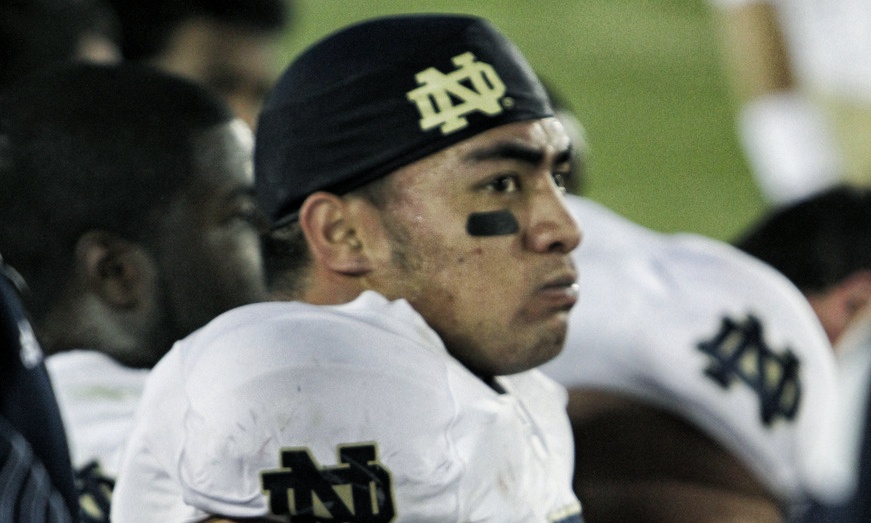
Lunchtime Links: Trying to Make Sense of a Hoax
This week's revelation that a football star's inspirational story turned out to be false could offer some business lessons. Also: How to break into event services.
Between Lance Armstrong and Manti Te’o, this week has been a strong one for scandalous sports news.
These situations offer wider lessons than fodder for jokes or water cooler chat, though. In the right mindset, they can get you thinking about bigger issues at hand and offer up solutions.
The people I’ve met have prior experience in all kinds of seemingly unrelated fields.
An example, and more in today’s Lunchtime Links:
An odd controversy, a turning point? Manti Te’o may have been hoaxed. He may be the hoaxer. But the bizarre story of the Notre Dame star’s girlfriend, initially reported dead but now proven to be fake, could have wider implications than on Te’o’s life. The story, according to Inc. contributor Howard A. Tullman, president and CEO of Tribeca Flashpoint Media Arts Academy, could help push off the final shackles of anonymity online — and benefit big-data processes. “The web brings us cost-effect access to markets and precision targeting,” he explains. “There are significant new tools being developed to help identify, segment, and reach new customers. None of this works without authentic and validated identity information.” (Related: The editing processes behind Deadspin’s story, which broke the scandal, are fascinating.)
How to break into events: Are you fresh to the world of event services, looking for a job, and so on? If so, this response by Conferences That Work author Adrian Segar, discussing the process of getting into the industry, is a must-read. His take? Resume experience doesn’t go so far as people skills, business experience, and passion. “The people I’ve met have prior experience in all kinds of seemingly unrelated fields,” he explains. “Besides hospitality experience, which you might well expect to be a precursor, I’ve met people who have years of theater experience, people with degrees in computer science or who worked in high tech, who started organizing conferences around a hobby they loved, and who ran companies and associations related to completely different industries.” Event professionals, how did you get into the field?
A new look, a new life? For decades, American Airlines had a logo and branding style so iconic—created by Italian graphic designer Massimo Vignelli in 1967—that dropping it felt like a terrible move. But in the wake of a bankruptcy, labor issues, and PR disasters, the company was ready for a change. Above is a clip discussing the rebranding process they chose, and here’s the company’s website describing the change. Will this help the company turn a corner? What insights can you learn from this?
A question of frequency: Nonprofits, how often are you emailing members or potential donors? If you’re looking for a benchmark to go by, Kivi Leroux Miller has a nice roundup on her site. Citing info from her Nonprofit Communications Trends Report, she notes that around 42 percent of respondents send emails once a month — but 49 percent send messages more frequently than that. “Not surprisingly, the more important a nonprofit believes email to be as a communications tool, the more frequently they will email,” she notes.
What cool stuff have you read online today? Tell us all about it in the comments.
(Shotgun Spratling/Neon Tommy/Flickr)






Comments